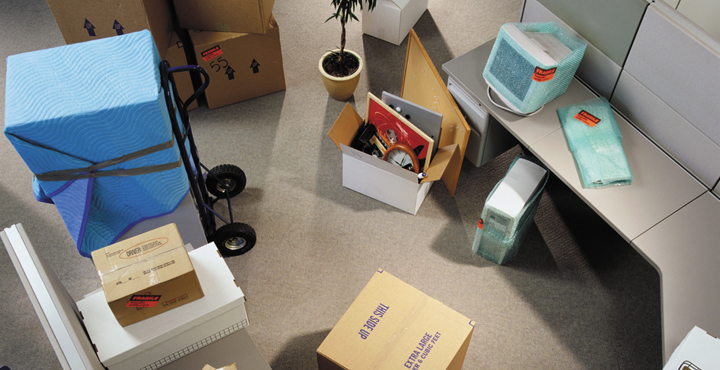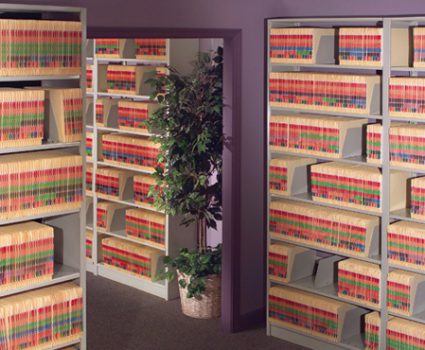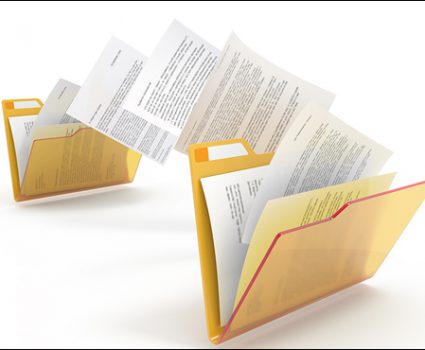
How to reduce costs during a corporate file move
Along with mergers and acquisitions, corporate moves are one of the biggest challenges a records management team can face. The thought of organizing, packing, and re-shelving entire record collections is one that sends a chill down the spine of most records managers.
It’s a good thing corporate moves don’t come around that often!
The silver lining of corporate moves
If you are preparing for a corporate move, there are two pieces of good news we can share. The first is that the move represents a golden opportunity to upgrade your records management program. In the process of organizing and packing, you have an opportunity to fix some of those overlooked issues such as filing inconsistencies, worn and outdated folders, and missing barcodes. Some organizations even take advantage of the move to convert entire collections to a common corporate standard.
The second piece of good news is that probably—in fact, almost certainly—you won’t have to move your entire current collection.
The secret to reducing costs
Most records collections accumulate a lot of dead weight over the years. By systematically reviewing and purging your collections, you can dramatically reduce the number of documents to be moved. In our work on customer file moves, we have seen reductions as high as fifty percent, depending how long it has been since the customer conducted a file purge.
Here are some tips to help you review and purge your collections prior to a move.
Start by conducting a review of shared filing spaces and individual work spaces. A records retention schedule will be critical for this exercise.
During the review, look for the following materials:
- records which have outlived their required retention periods
- non-records that no longer have any business value
- duplicates and working drafts
Once you have completed the review, you can then dispose of all unneeded materials, making sure to document the destruction where required by your retention schedule. By reducing the volume of documents in this way, you could save a lot of money on packing, moving, and re-shelving costs.
As you conduct the review and prepare for your move, you may also find other opportunities to save. For example, you may come across large volumes of inactive records that no longer need to be stored on site. In these situations you can box up the documents and have them picked up by your box-storage provider. Another way you could save is by selling or redeploying shelving units that have been made surplus to requirements by your file purge.





